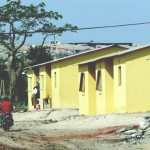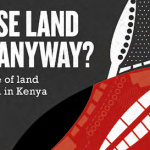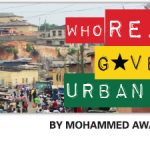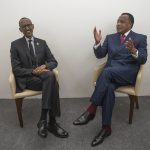A new report by the World Bank, “Rising through Cities in Ghana” analyses the rapid transformation of a country whose urban population has grown from 4 million in 1984 to more than 14 million today. 51% of Ghanaians now live in cities. Over the same period annual GDP growth has averaged 5.7%, the number of industrial and service jobs has increased by 21% and the capital city, Accra, has registered a 20% reduction in poverty.
However, in August 2014, a fiscal debt crisis forced the government to request financial assistance from the International Monetary Fund. And in May 2015, citizens of Accra peacefully protested the failure to resolve a three-year long electric power crisis that has sapped businesses and hindered economic growth.
The World Bank report, impressive for its presentation of unique data, comes at an important juncture for Ghana’s urban development. Three points are particularly notable:
- Accra is not alone in driving Ghana’s urbanisation. While Accra gains a lot of attention for its role as a megacity on the continent, its primacy has actually declined. In 1984, Accra accounted for 24.4% of the population; by 2010, the figure was 16.6%. The report states that “the number of medium (20,000–50,000 people) and large medium (50,000–100,000) sized towns has quadrupled and tripled respectively.” Big cities like Accra, Kumasi, and Sekondi-Takoradi continue to grow, but an interesting and important area for future research will be the socio-political developments in regional urban centres like Tamale, Tema, Ashaiman, Cape Coast and Aflao.
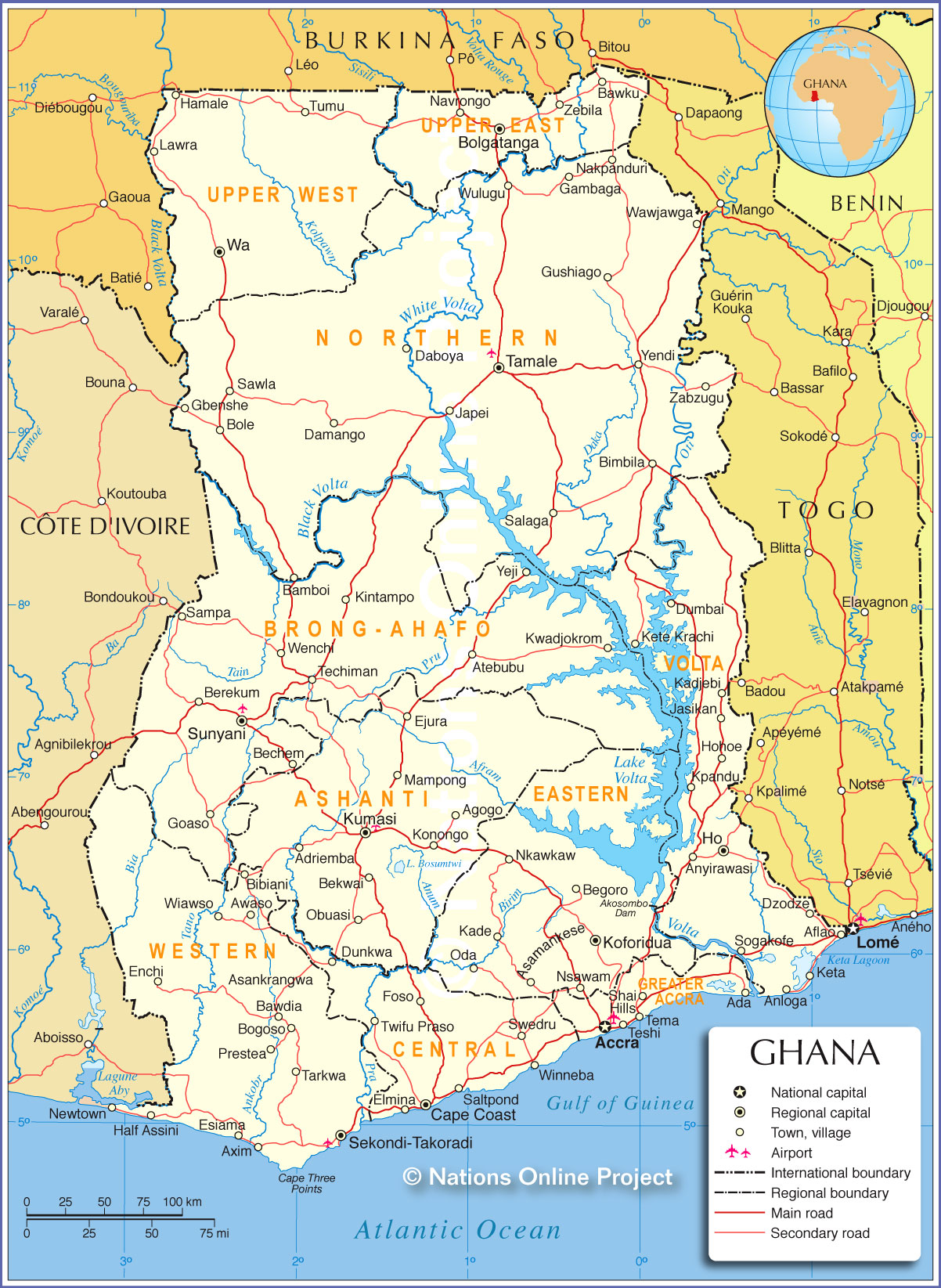
- Affordable housing and accessible land is essential for inclusive urban transformation. Ghana’s urban housing stock is growing, but not fast enough. UN-Habitat estimates that 5.7 million new rooms are needed by 2020. This presents an incredible investment and growth opportunity if managed effectively. Yet the challenge of providing affordable housing where property rights are insecure is no easy task. While the report points to the World Bank funded Ghana Land Administration Project 2 as a model, learning from the mistakes made in the previous attempts at land reform is vital.
- Ghana is halfway through urbanisation. The World Bank understands urbanisation to be a process, and highlights four priorities:
- integrating traditional and modern forms of land distribution into a coordinated framework
- infrastructure development to enhance connectivity between cities
- decentralisation with fiscal devolution
- institutional harmonisation between sectors.
As Ghana’s cities grow, the challenge will be to prevent the further growth of slums and informal settlements, the rise of unregulated and unsafe transport systems, and the increase in inequality that is characteristic of African cities.
Yet the study fails to address three key issues:
- Planning is not the problem, politics is. Ghana has had a series of plans for its cities since the colonial period. The 1958 Town Plan for Accra recognised the effect that the small and insecure land market had on the provision of housing, and formed state bodies to address the issue. The Strategic Plan of 1991 sought greater collaboration between agencies, as well as coordination with international funders. The World Bank report highlights the same priorities, without outlining a political solution. As my research shows, urban planning and subsequent deadlock is the result of power struggles and political capture. In today’s competitive multi-party environment, leaders make political calculations that privilege short-term horizons to win votes over long-term solutions to urban problems.
- To understand inequality, look at the incentives. Politicians and customary authorities have an interest in maintaining a minimum level of informality because they benefit from the status quo. Some traditional authorities benefit from insecure property rights because of the lack of productive land, providing a powerful explanation for why land reform has failed in parts of Ghana. Further, leaders are incentivised by informal norms and duties that shape their behaviour in daily life. The point is that the priorities advanced by this report are embedded in a societal structure that incentivises residents and leaders to undermine urban development. For projects to have the desired results, Ghanaians need to have incentives to follow the policy prescriptions and play by the official rules. Registering land and businesses should be profitable; relocation to new neighbourhoods should consider local architectural, social, and economic preferences; and providing public goods and services to newcomers should contribute to electoral advantages. Currently, this is not the case.
- Formalisation, and urbanisation for that matter, is not linear. While the report highlights the importance of the informal sector to housing and employment, it also recommends regularising and formalising informal activity. But formalisation does not take place in a political vacuum. Instead, more attention needs to be paid to local political dynamics in cities—particularly the collective action capacity of local communities. Uncovering the conditions that enable successful state-building is a good place to start. The development of a social contract between municipal authorities and citizens is required.
Certainly, cities in Ghana are growing rapidly. Whether urban residents are benefitting at the same rate, remains in question.
Jeffrey Paller is a postdoctoral research fellow at the Earth Institute at Columbia University, working with the Center for Sustainable Urban Development
Image credit: Flickr, eva_lutter, from World Bank report ‘Rising Through Cities in Ghana’







